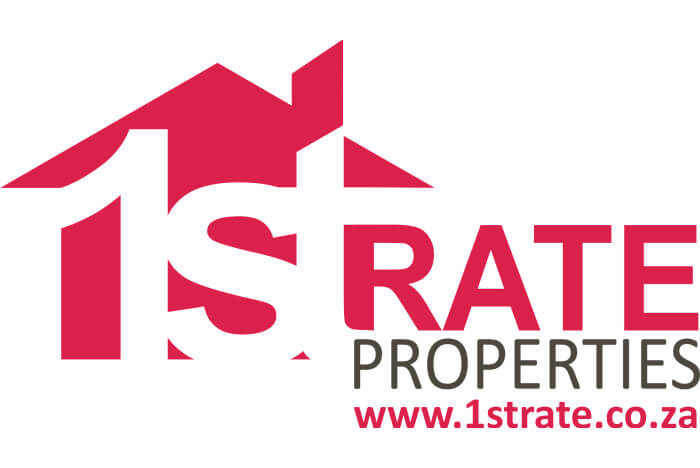Upward Trend Looses Momentum
Residential property investment attractiveness moderates mildly of late, as yields decline on the back of relatively solid house price growth relative to rental growth.
After slow house price growth from 2008 to late-2011 had allowed rentals to play some mild catch-up with residential property values, a period of improved house price growth performance through 2012 and the 1st half of 2013 translated into a resumption of yield compression (decline), thereby arguably diminishing the attractiveness of residential property as an investment purchase mildly.
Looking at the data of the FNB-TPN National Average Initial Yield on Residential Property, as at the 1st quarter of 2008, the National Gross Average Yield on residential property was estimated at 7.48%. By the final quarter of 2011 it was 9.18%, where- after the upward trend lost momentum.
From early-2012 a phase of mild compression (decline) in gross yields set in. By the 2nd quarter of 2013, the estimated national average gross yield had declined to 8.87%, which is the lowest level since the 2nd quarter of 2010.
This recent renewed yield compression has been driven by the combination of more noticeable average house price inflation since early-2012, coupled with a residential rental market which, although starting to make noises of supply shortages, has yet to see any meaningful uptick in rental inflation yet.
Regarding the prospects for a stronger rental market, a potential driver of higher and more attractive yields in future, we are aware that the rental market often experiences its best times in times of high interest rates, when many aspirant entrants to the home buying market rather “wait out the storm” as tenants, and we are not there yet.
We have expected some improvement in rental inflation in recent times, on the back of gradual demand growth slowly eating into oversupplies caused a few years ago by massive buy-to-let investment back in the boom times. And rental agents are indeed pointing to mounting supply constraints. However, as yet we have not seen rental inflation fireworks, and perhaps we should be realistic about the speed at which this may happen. One should remember that the low interest rate period encourages a high level of 1st time buying, many of whom would be exiting or “skipping” the rental market to buy. In addition, the FNB Estate Agent Survey points to a lower percentage of sellers downscaling due to financial pressure these days, while of these, the estimated percentage who will be selling in order to rent, vs those selling to buy cheaper, has diminished.
Therefore, it is perhaps still not surprising to see the FNB House Price Index showing growth of 6.5% which, although not setting the world on fire remains above 5.1% estimated rental inflation as at the 2nd quarter of 2013.
By TPN - www.tpn.co.za
Author TPN - Michelle Dickson
